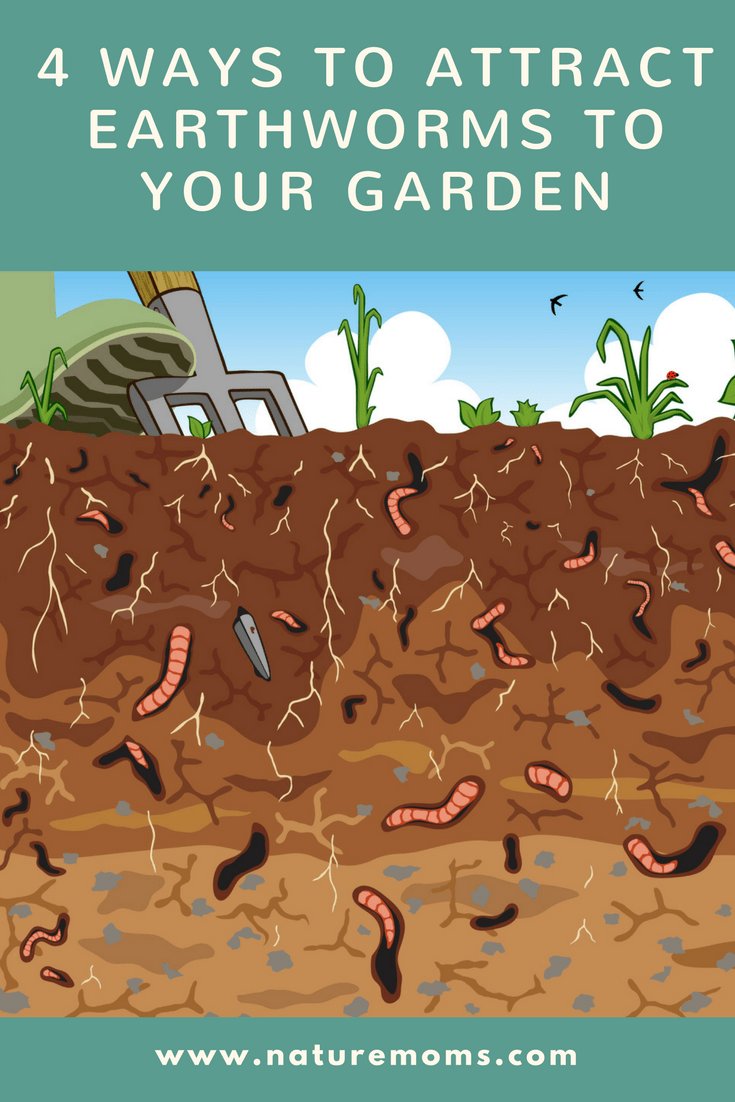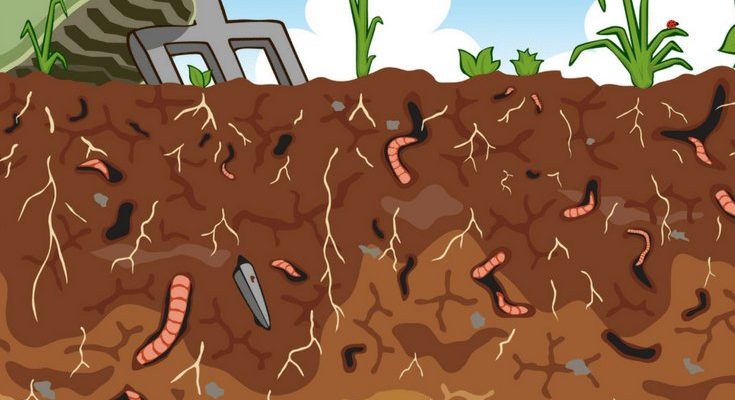
But how do you get these compost-loving earthworms to move into your bin? It’s not just about tossing them a few scraps. You need to create a welcoming environment where they’ll feel at home. So grab a cup of coffee and let’s explore some simple, effective ways to invite these little helpers into your compost heap.
Understanding the Role of Earthworms in Composting
Before we dive into how to attract earthworms, it’s important to understand why you want them there in the first place. Earthworms are fantastic when it comes to composting. They **consume organic waste** like fruit and vegetable peels, yard waste, and even coffee grounds. As they munch away, they break down this material through a digestive process that creates rich, dark worm castings, also known as vermicompost.
But it’s not just their eating habits that make earthworms valuable. Their burrowing aerates the compost, helping to circulate air and moisture throughout. This is key because without proper airflow, your compost can become anaerobic (which is bad news for decomposition). So, by attracting earthworms, you’re really investing in a healthier, faster composting process.
Here’s the thing: not all earthworms are created equal. The ones most beneficial for composting are species like the **red wigglers** or **European nightcrawlers**. They thrive in the rich, moist environment of compost bins and are excellent at breaking down organic materials quickly.
Creating a Comfortable Environment
Now that you know why earthworms are such great companions in your compost, let’s talk about how to make your compost bin a cozy spot for them. Earthworms love a **moist, dark environment** that mimics their natural habitat. Here are a few tips to ensure comfort:
- Moisture Levels: Your compost should be damp but not soggy. Think of it like a damp sponge. If it’s too dry, worms will burrow deeper or leave. If it’s too wet, they can suffocate.
- Temperature: Earthworms prefer temperatures between 55°F and 77°F (13°C and 25°C). If your compost bin heats up too much (over 90°F/32°C), it can become inhospitable.
- Darkness: Earthworms are sensitive to light, which is why they thrive in the dark. If you’re using a compost bin that exposes them to too much light, they may not stick around.
So, keep those moisture levels just right, avoid extreme temperatures, and maybe even consider a shady spot for your bin. Think of it like setting up a little worm-friendly vacation rental.
Choosing the Right Compost Materials
Next up, let’s chat about what you’re putting into your compost bin. Earthworms are picky eaters, in a way. They love a variety of organic matter, but there are definitely some materials that will attract them more than others. Here’s what to include:
- Fruits and Vegetables: These are the worms’ favorites! Peels, cores, and even the occasional spoiled piece can attract them.
- Yard Waste: Grass clippings, leaves, and small branches are excellent additions. Just be sure not to add too much of any one type—variety keeps things interesting!
- Paper Products: Shredded newspaper, cardboard, and office paper are great for adding carbon to your compost. Just avoid shiny paper or anything with lots of ink.
On the flip side, steer clear of meat, dairy, and oils. These can attract pests and create unpleasant smells, which earthworms definitely don’t like. Keep it clean and simple with a balanced mix of green (nitrogen-rich) and brown (carbon-rich) materials.
Adding Earthworms to Your Bin
If you want to jump-start the process, consider adding earthworms directly to your compost bin. You can buy them from garden centers or online. When introducing them, make sure to handle them gently. You want to create a welcoming entry for your little helpers.
Before you add them, it’s a good idea to **create a conducive spot** in the compost. Gently mix the existing materials to aerate them and create a little worm nook. Place the worms in this softer area so they can acclimate and start munching on all the good stuff around them. They’ll spread out and get to work before you know it!
Remember, it might take a little time for your new worm population to settle in and start thriving, but patience is key. It’s all part of the composting journey.
Maintaining Your Compost Bin for Earthworm Health
Once you’ve attracted those earthworms into your compost, keeping them happy is essential. Regular maintenance is key to ensuring they stick around. Here’s what to keep in mind:
- Regular Turning: Just like a good salad, your compost needs tossing! Stirring it up every few weeks helps aerate the pile and prevents it from becoming compacted.
- Moisture Checks: Be diligent about checking those moisture levels. If it’s looking dry, sprinkle a little water. If it’s too wet, mix in dry materials like straw or cardboard to restore balance.
- Temperature Monitoring: Use a compost thermometer to keep an eye on the internal temperature. Ensure it stays in the proper range, and adjust your materials accordingly—more greens if it’s too cold, more browns if it’s too hot.
By maintaining a balanced environment, you’ll not only keep your earthworms happy but also improve the overall health of your compost bin.
Using Worm Castings in Your Garden
After all that hard work attracting and caring for your earthworms, you’ll want to make the most of their contributions. **Worm castings** are one of the best fertilizers you can use in your garden. They’re rich in nutrients and help improve soil structure.
When it’s time to harvest, look for the darker, crumbly material at the bottom of the bin. This is your precious worm castings! Gently sift through the compost, separating the castings from the worms and other materials. You can either mix the castings directly into your garden soil or use them to make a nutrient-packed compost tea.
Here’s a quick way to make compost tea: Simply steep worm castings in water for 24-48 hours, then use the strained liquid to water your plants. They’ll love the extra boost!
Common Challenges and Solutions
Sometimes, attracting and keeping earthworms can come with its challenges. If you find your worms are disappearing or not thriving, don’t worry. Here are some common issues and how to fix them:
- Dry Compost: If your compost is too dry, worms will relocate. Just add some water, mix it up, and check regularly.
- Excessive Heat: If temperatures rise above what worms can tolerate, consider adding more browns or moving the bin to a shadier location.
- Overfeeding: Giving too much food at once can lead to an imbalance. Stick to a regular feeding schedule and add scraps gradually.
By staying aware of your compost’s health and making necessary adjustments, you can keep your earthworm friends happy and thriving.
In conclusion, attracting earthworms to your compost bin is a straightforward process that pays off in spades. They help create nutrient-rich compost while improving soil structure and aeration. By following the guidelines we discussed, you can create a cozy, welcoming environment for your earthworms and enjoy the benefits of healthier compost in no time. Happy composting!

